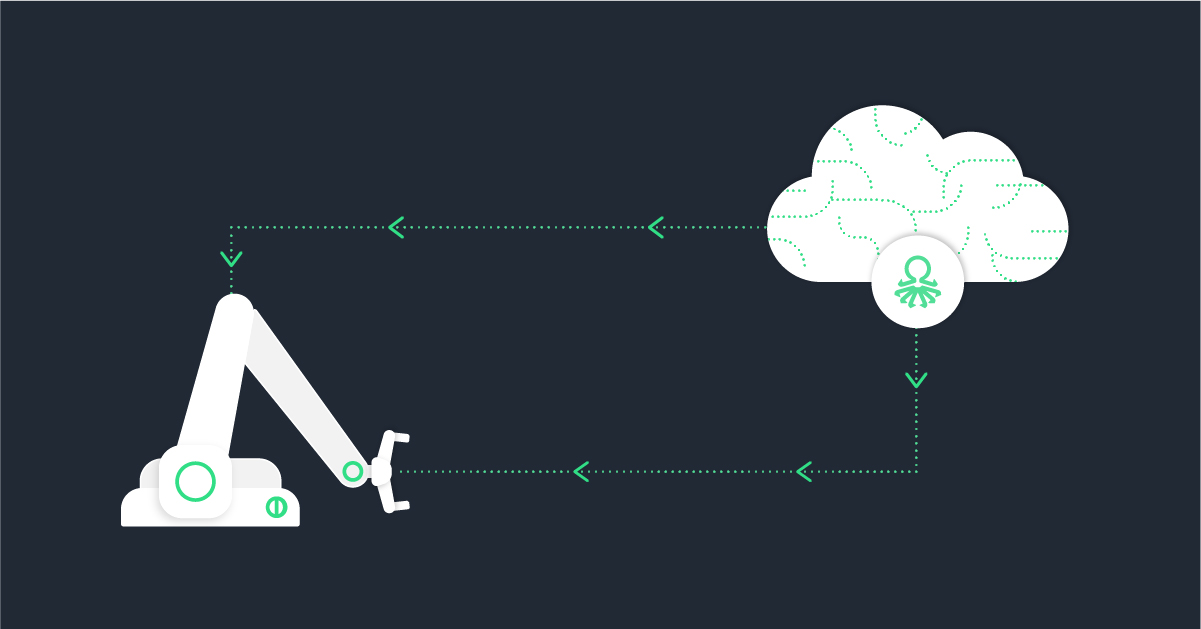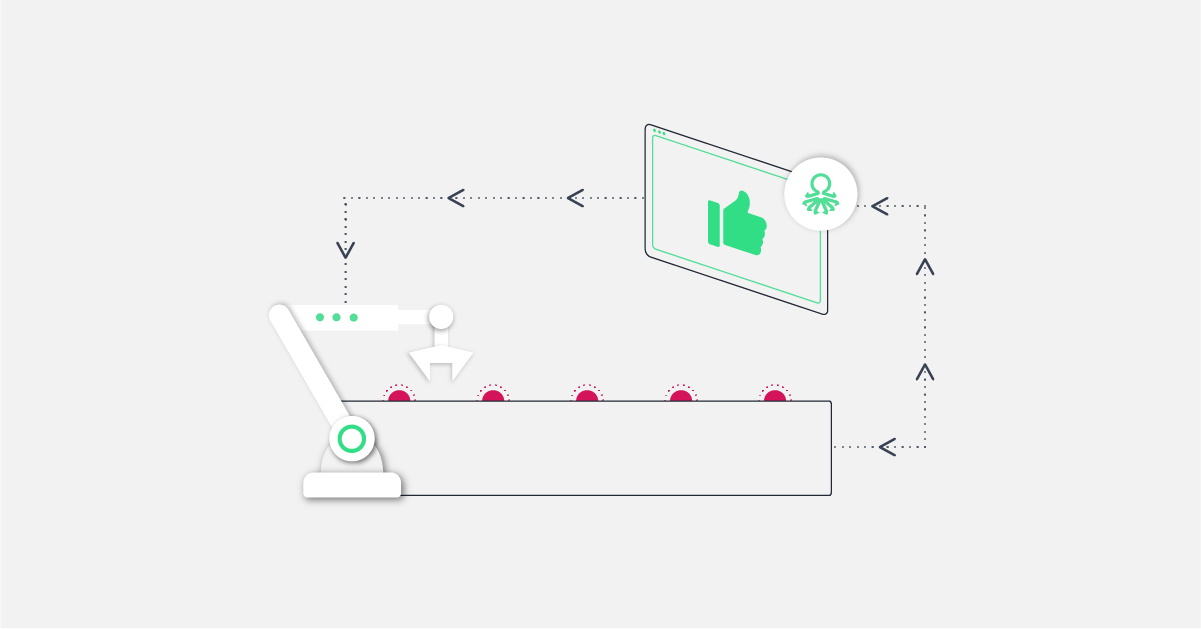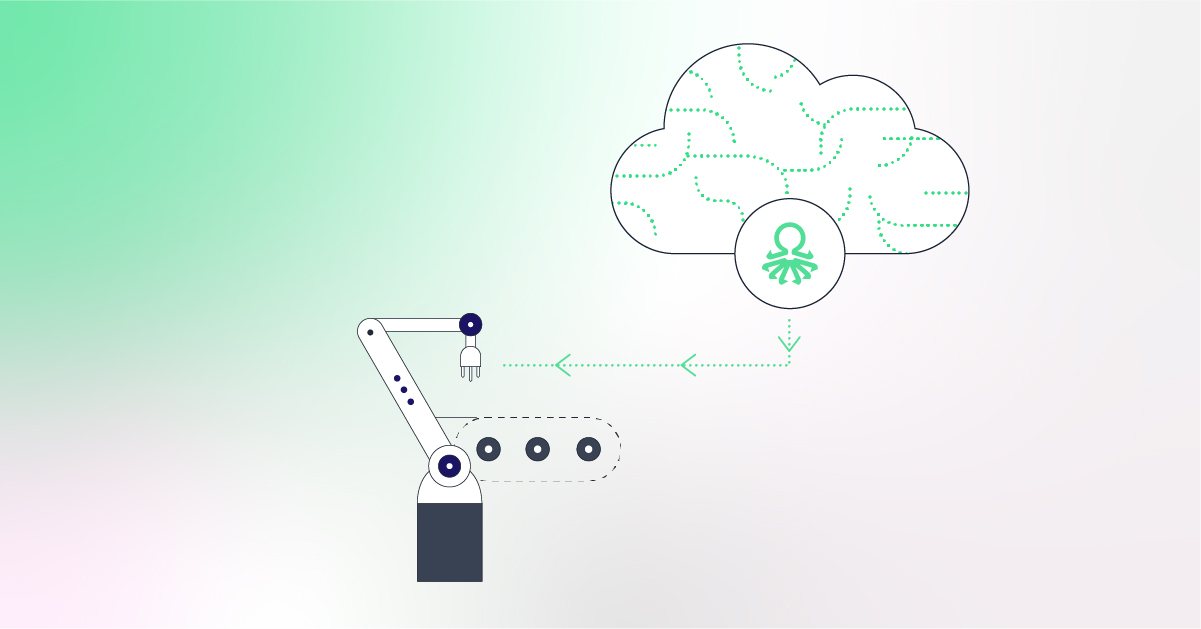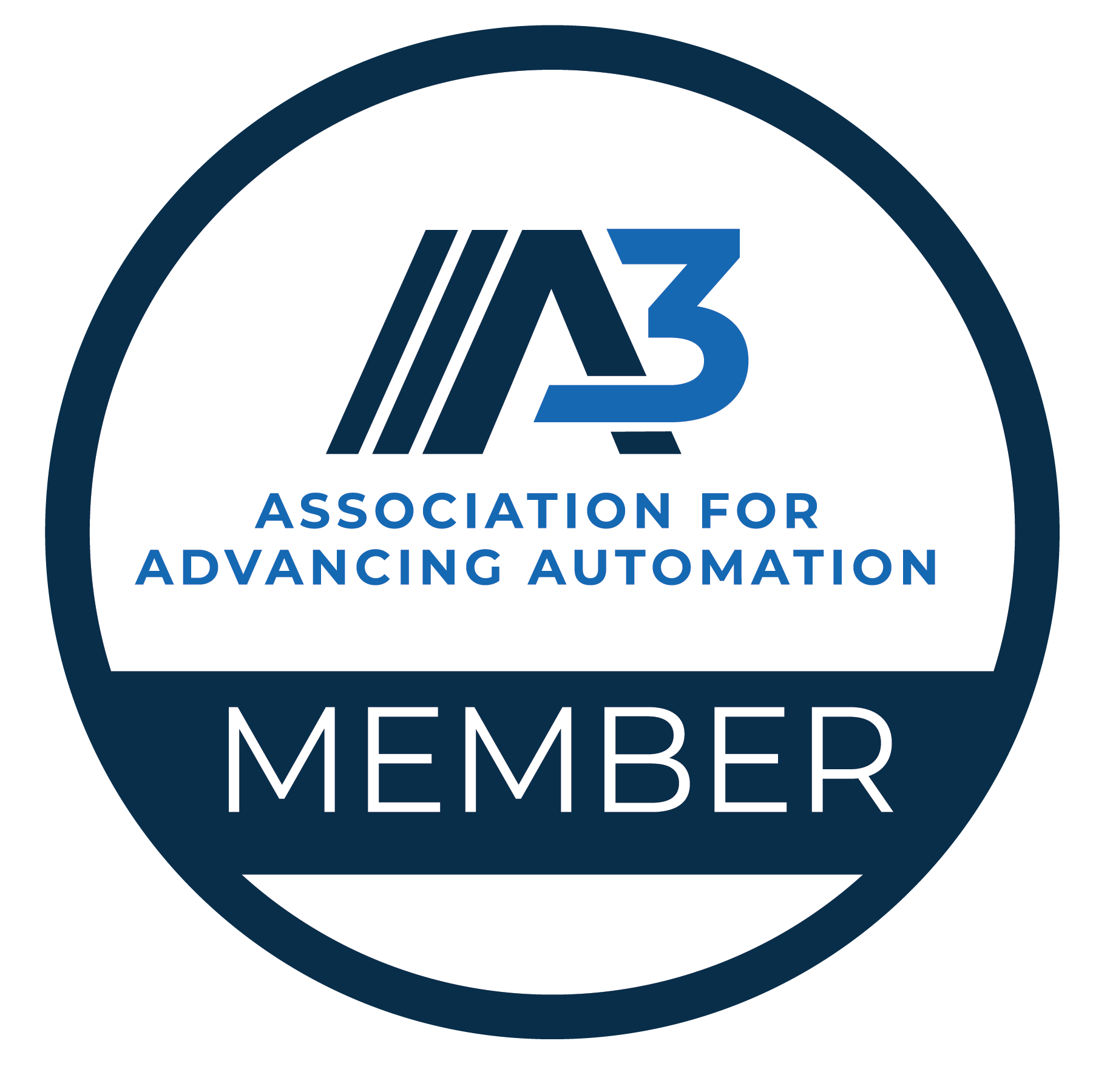Introduction
The industrial sector has been fundamentally altered by assembly line production. It has made it possible to produce in large quantities products that were previously thought to be expensive and unattainable. Assembly line production has undergone a revolution because of technological advancement, which has led to automation, improved productivity, and ideal results. In this blog article, we’ll look more closely at how assembly line manufacturing has changed over time and how Industry 4.0 is enabling the next stage of manufacturing optimization using AI-powered tools.
Evolution of Assembly Line Manufacturing
Eli Whitney used interchangeable components to create muskets for the US government in the early 19th century, which is where assembly line manufacturing got its start. However, assembly line manufacturing did not become a common technique until the early 20th century. Henry Ford revolutionized mass production in 1913 by introducing the moving assembly line, which made it quicker, more effective, and less costly.
During the industrial revolution, manufacturers improved assembly line output by concentrating on cost- and production-efficiency. As a result, more sophisticated manufacturing processes were created, including automation, specialty equipment, and streamlined production procedures.
Thanks to Industry 4.0, assembly line production has advanced to new levels today. Industry 4.0 is a modern manufacturing paradigm that integrates big data, cloud computing, artificial intelligence (AI), and the internet of things (IoT). A smart manufacturing environment that optimizes output and gives real-time information about the manufacturing process is the end result.
Challenges with Assembly Line in Manufacturing
Despite all of assembly line production’s advantages, it does have some disadvantages. One of the greatest challenges is managing quality. Problems with quality and flaws in mass-produced goods are unfortunately not uncommon. These issues can lead to more money being spent, less being produced, and a tarnished reputation for the business.
One more problem is that assembly line work is ineffective and wasteful. A decrease in output, an increase in costs, and a loss of resources are all possible outcomes of ineffective processes. We can agree that reduced trash is essential for environmentally friendly production.
To handle these problems, manufacturers can implement quality control systems to cut down on waste and spot defects before they spread. Moreover, they can find and eliminate production flaws with the help of lean manufacturing techniques.
Industry 4.0 and Assembly Line Manufacturing
Industry 4.0, on the other hand, can more effectively and broadly address the issues associated with assembly line manufacturing. Smart manufacturing and cutting-edge technologies can optimize output, enhance quality control, and lower waste.
Artificial intelligence is one of the key advancements in Industry 4.0. AI-driven methods for manufacturing optimization can improve manufacturing results. Real-time data collection and analysis capabilities of AI-powered systems enable previously unattainable insights into the production process. The best part is that subject matter experts on the shop floor can use AI-powered no-code platforms to access the power of machine learning without having to master the nuances of data science. Manufacturing moves along more quickly as a result because more use cases can be handled more quickly.
This method enables AI-powered quality control and inspection systems to detect flaws and quality issues in real-time, allowing manufacturers to take instant action. Additionally, predictive maintenance can be used to minimize output downtime and stop equipment failure. AI-driven optimization systems can also increase efficiency, optimize waste reduction, and streamline the manufacturing process. AI can, for instance, be used to speed up changeovers and optimize production schedules, which will decrease downtime and boost output.
Use Cases of AI-powered Industrial Assembly Line Manufacturing
Assembly line production has already used AI-powered solutions with great success. Predictive maintenance, production optimization, and quality control and inspection are a few of the most important business use cases.
Machine vision is a key component of AI-powered quality control and inspection systems that use real-time flaw detection. These systems can identify and classify defects, enabling manufacturers to take prompt action. Additionally, industry standards and laws can be verified using AI-driven quality control tools.
Another commercial application for AI-powered assembly line production is predictive maintenance. Machine learning algorithms are used by predictive maintenance systems to find trends in equipment failure. Then, manufacturers can take preventive action to reduce downtime and maintenance costs by using these patterns to forecast when equipment is likely to fail. This improves productivity and efficiency while also lowering costs.
Another field in assembly line manufacturing that uses AI-powered solutions is production optimization. Production schedules can be improved, changeover periods can be shortened, and production process bottlenecks can be located using AI-powered production optimization systems. As a consequence, productivity is enhanced along with efficiency and waste reduction.
For instance, automakers can use AI-powered systems to enhance quality control and production flow on their assembly line manufacturing process. The system can gather and handle data from thousands of sensors in real-time, offering previously unattainable insights into the manufacturing process. Real-time quality issues and defects can be found using such a solution, allowing Volkswagen to take instant action. Additionally, the solution can improve efficiency and reduce waste by streamlining the manufacturing process.
Transitioning to AI-powered Assembly Line Manufacturing
Moving from manual processes to AI-enhanced assembly lines is a huge endeavor. As part of this change, it will be essential to conduct a comprehensive analysis of the manufacturing process as it stands, with a focus on identifying areas of waste, inefficiency, and poor quality. After these are identified, solutions driven by AI can be implemented to enhance them.
Large investments in infrastructure and technology, as well as the supply of training and assistance for workers, are required for AI-powered manufacturing solutions. To produce a more connected, automated, and efficient production environment, Industry 4.0 technologies such as the Internet of Things (IoT), robotics, and cloud computing are incorporated throughout the process. Reduced production expenses and increased output are both possible outcomes of implementing AI-powered solutions into the manufacturing process.
In spite of the benefits of AI in assembly line manufacturing, overcoming employee resistance will be challenging. To guarantee a smooth transition, it’s important to involve workers in the process, provide training and support, and offer employment retraining programs. Employees’ buy-in is crucial for the smooth introduction of innovative technologies. Transitioning to AI-enhanced assembly line production calls for extensive planning, clear communication, and an openness to change.
Future of Assembly Line Manufacturing
It appears that assembly line manufacturing has a promising future thanks to the progress of Industry 4.0 technologies. To improve quality control, boost production output, and cut down on wastage, AI-powered solutions will be indispensable.
One of the most exciting uses of AI is in the development of “smart factories,” which integrate Internet of Things (IoT), artificial intelligence (AI), and other technologies from the Industry 4.0 paradigm to streamline and simplify the various stages of the manufacturing process. Smart workplaces hold the promise of streamlined production processes, reduced costs, and improved product quality.
Alternatively, the digital twin holds great potential for mass production in the form of automated assembly lines. It is possible to simulate and optimize the production process by creating a digital twin of a system, method, or product in the real world. By creating a digital twin of the assembly line, manufacturers can more easily identify bottlenecks, optimize energy and resource usage, try alternative production scenarios, and enhance overall efficiency and quality control. Additionally, the digital twin can monitor the production line’s progress in real-time, allowing for the early detection and correction of any issues that may arise.
Conclusion
Since its inception in the early 20th century, the assembly line method of production has significantly evolved. With the assistance of AI-powered solutions, Industry 4.0 is presently driving the next level of manufacturing optimization. Implementing AI-powered systems for quality control and inspection, predictive maintenance, and production optimization can result in increased output, better quality control, and reduced waste in manufacturing.
However, the transition to assembly line production powered by artificial intelligence requires a significant investment in infrastructure and technology, as well as a change in mindset. Nevertheless, the benefits are unquestionable, including increased efficiency, decreased waste, and increased production. By embracing the possibilities offered by Industry 4.0 and the power of AI, manufacturers can stay competitive and lead the way towards a more efficient, productive, and sustainable future for the manufacturing industry.





